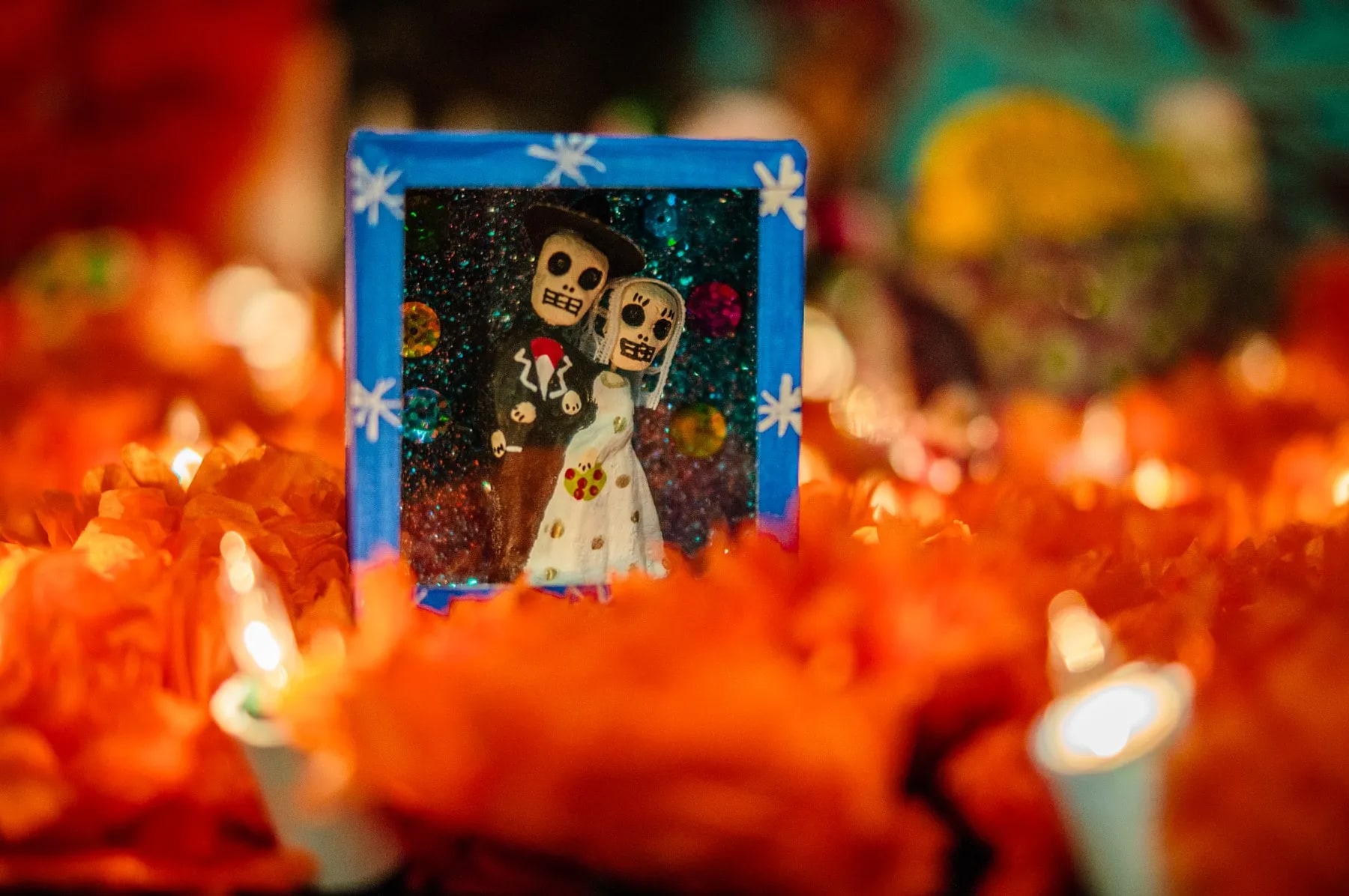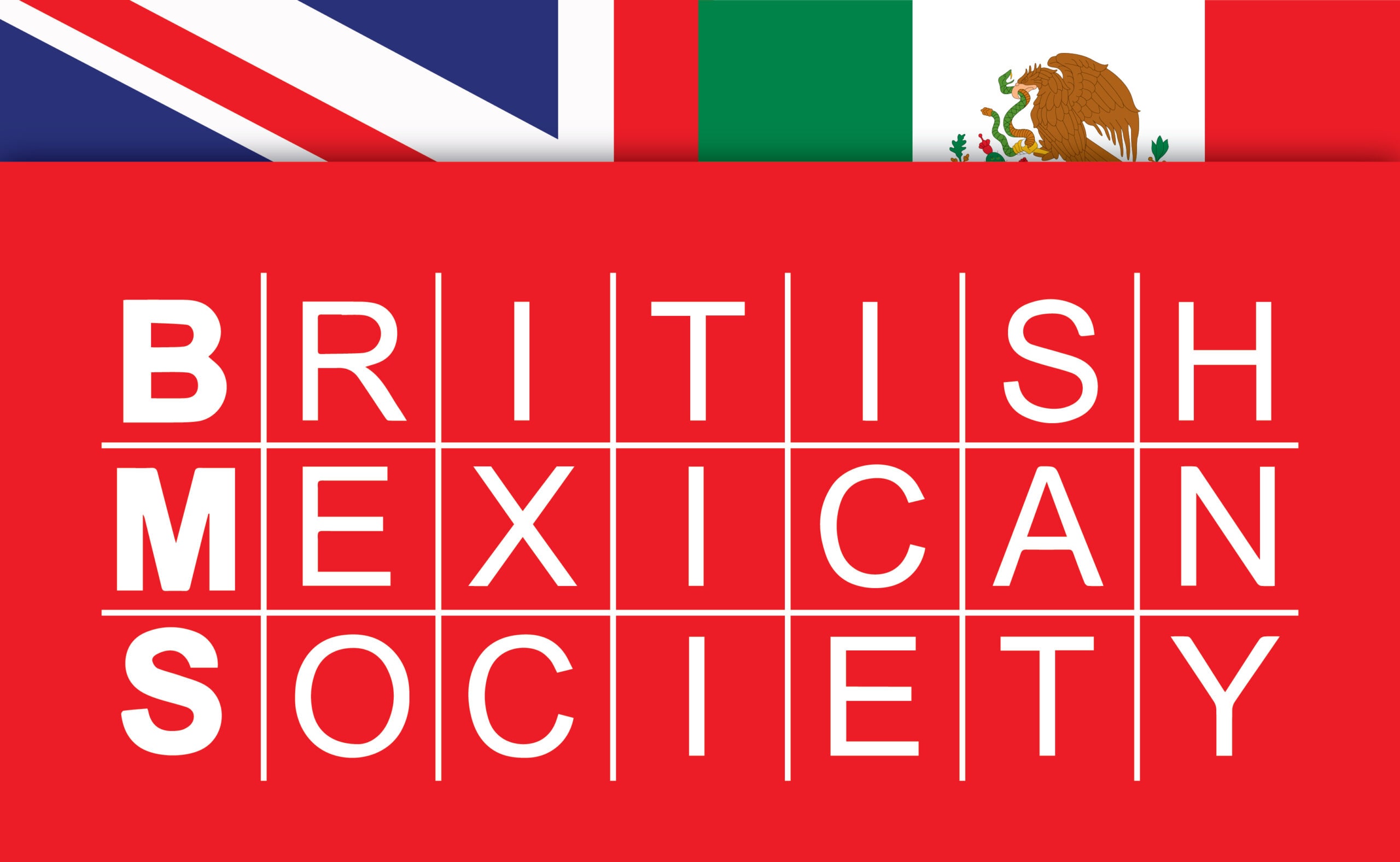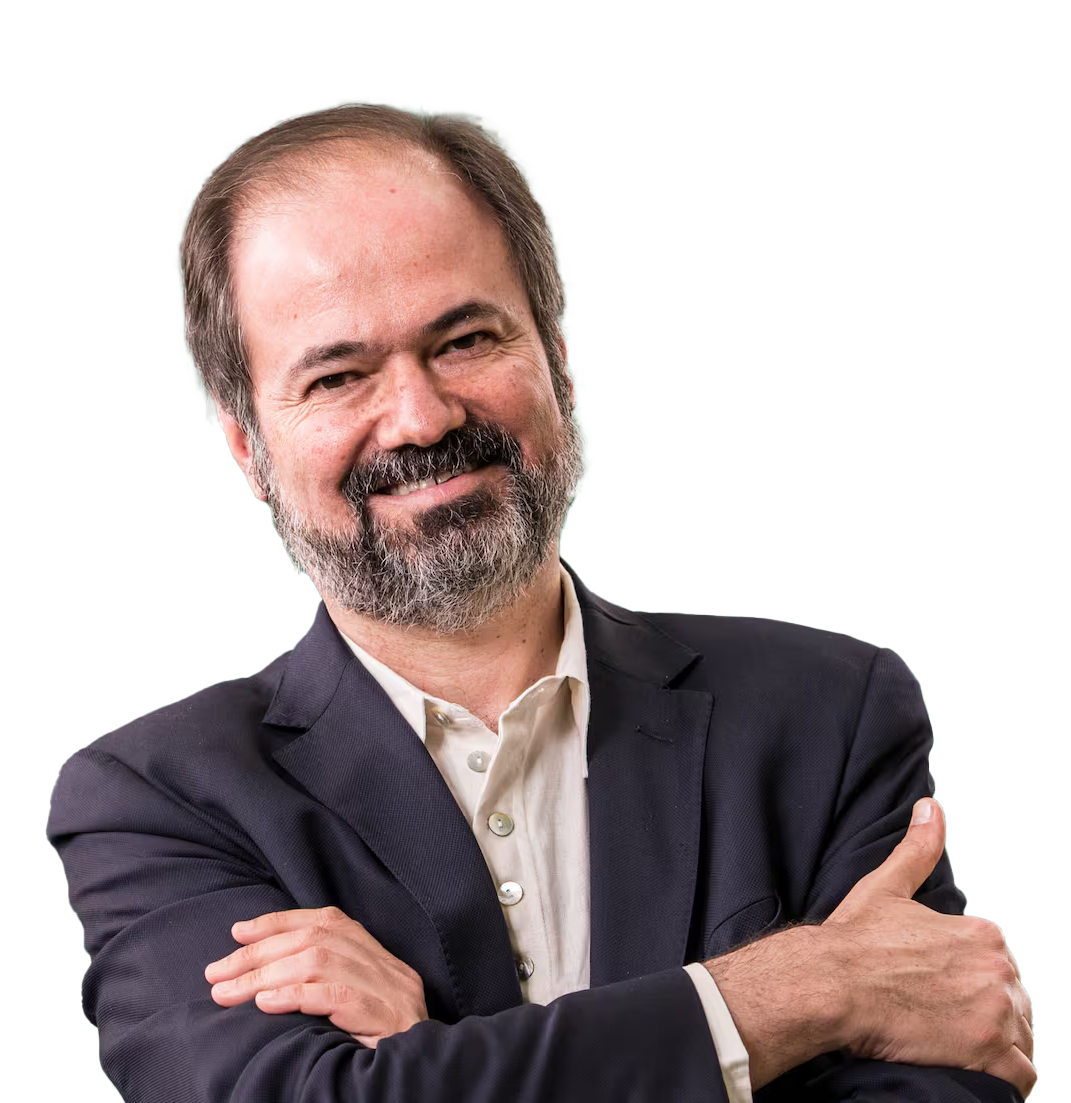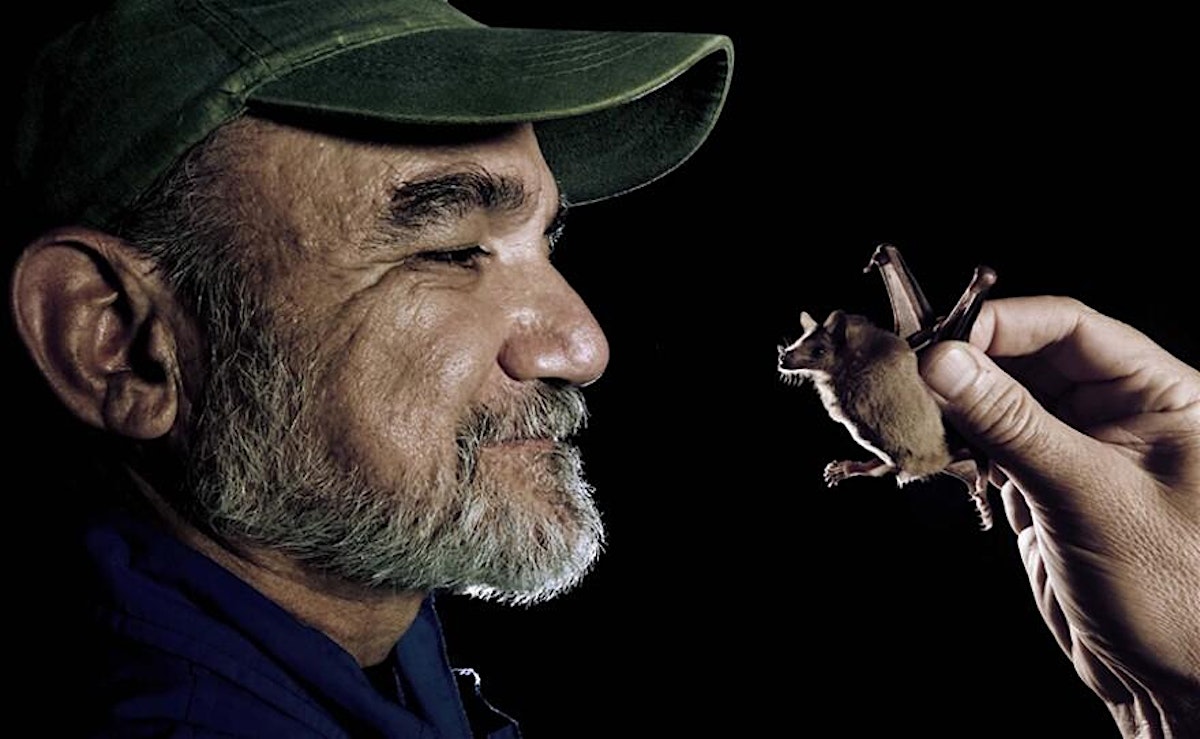The festivals of Miccailhuitontli and Miccailhuitl honoured the Little Dead and the Adult Dead. From 31 October – 2 November, family members and friends come together to pray for and remember deceased friends and relatives in one of the most important milestones in the Mexican calendar.
Day of the Dead celebrations combine Christian and pre-Columbian beliefs and practices. Some scholars trace the origins of the modern Mexican holiday to indigenous observances dating back hundreds of years. For the Aztecs, the destiny of the dead was determined by the manner of death. Most of the departed were thought to go to Mictlan, ‘Place of the Dead’. This shadowy underworld was ruled over by Mictlantecuhtli and his female consort Mictecacihuatl. Several feasts were associated with the dead.
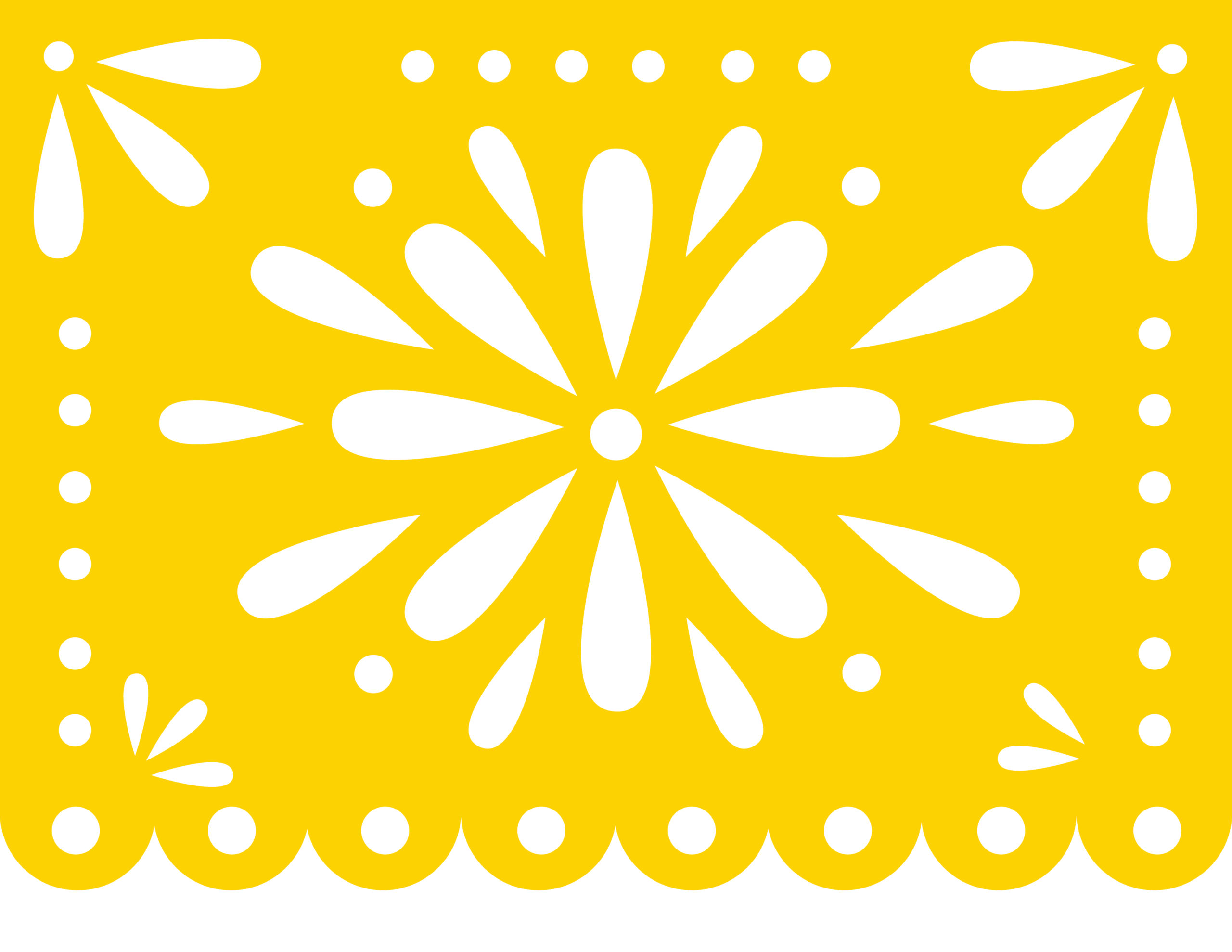
The festivals of Miccailhuitontli and Miccailhuitl honoured the Little Dead and the Adult Dead. From 31 October – 2 November, family members and friends come together to pray for and remember deceased friends and relatives in one of the most important milestones in the Mexican calendar.
Day of the Dead celebrations combine Christian and pre-Columbian beliefs and practices. Some scholars trace the origins of the modern Mexican holiday to indigenous observances dating back hundreds of years. For the Aztecs, the destiny of the dead was determined by the manner of death. Most of the departed were thought to go to Mictlan, ‘Place of the Dead’. This shadowy underworld was ruled over by Mictlantecuhtli and his female consort Mictecacihuatl. Several feasts were associated with the dead.
Although modern commemorations usually take place over three days, they can last longer in some regions. Most celebrations incorporate aspects of Catholic religion, introduced by Spanish settlers after the Conquest. On 31 October, All Hallows Eve, families make a children’s altar to invite the angelitos (spirits of dead children) to return home for a visit. On 1 November, All Saints’ Day, adult spirits come to visit. 2 November is All Souls’ Day/Día de Muertos, when families go to the cemetery to decorate the graves and tombs of their relatives.
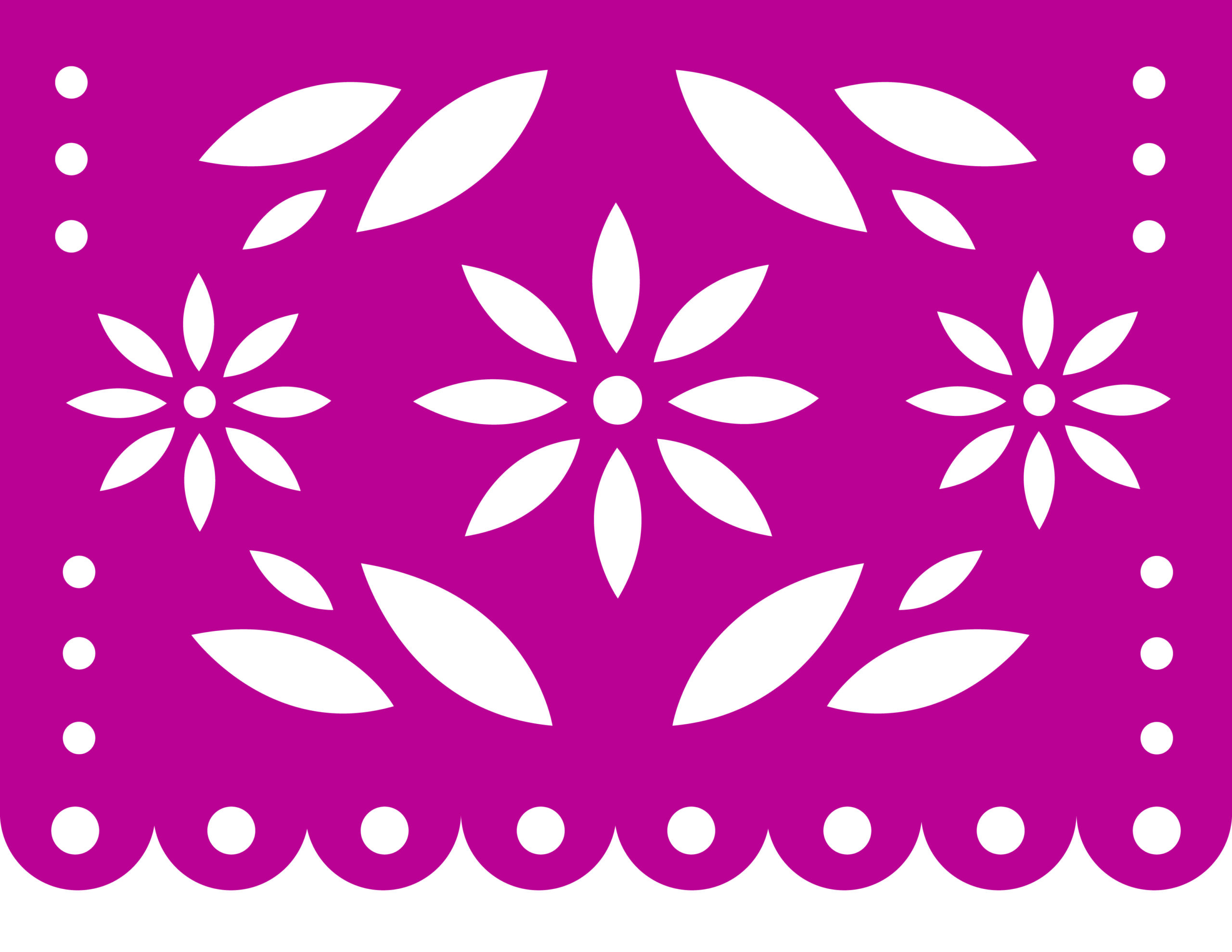
Although modern commemorations usually take place over three days, they can last longer in some regions. Most celebrations incorporate aspects of Catholic religion, introduced by Spanish settlers after the Conquest. On 31 October, All Hallows Eve, families make a children’s altar to invite the angelitos (spirits of dead children) to return home for a visit. On 1 November, All Saints’ Day, adult spirits come to visit. 2 November is All Souls’ Day/Día de Muertos, when families go to the cemetery to decorate the graves and tombs of their relatives.
The Spirit of Things …
In this British Museum video, artist Betsabee Romero, curator Laura Osorio Sunnucks and paleobiologist Omar Regalado Fernandez talk about how every year the dead are remembered and summoned by the observances of the living who cook, eat, drink, make music and decorate their graves – by ‘the spirit of things and the love of us’.
Here is a summary of the main traditions connected with this holiday
Decoration of graves
During the three-day period, families usually clean and decorate the graves of their loved ones before building elaborate home-altars. These include the favourite food and drink of the departed, flowers, candles and incense. as well as photos and memorabilia of deceased family members and friends.
The objective is to encourage visits by the departed souls so the souls will hear the prayers and the comments of the living directed to them. Celebrations can take a humorous tone, as celebrants remember funny events and share anecdotes about the deceased.
In some parts of Mexico, such as the towns of Mixquic, Pátzcuaro and Janitzio, people spend all night beside the graves of their relatives. In many places, people have picnics at the graveside.
Calaveras & Catrinas
Death is often represented by calaveras – skulls made of sugar candy, pottery or papier mâché. Many popular artists also make skeleton figures: brides, bishops and other characters are shown engaged in the pursuits of everyday life. In the early 1900s, Mexican printmaker and lithographer José Guadalupe Posada created a famous print of a figure he called La Calavera Catrina (The Elegant Skull) as a parody of a Mexican upper-class woman. Posada’s striking image of a costumed female with a skeleton face has become associated with the Day of the Dead, and Catrina figures are often a prominent feature of modern-day observances.
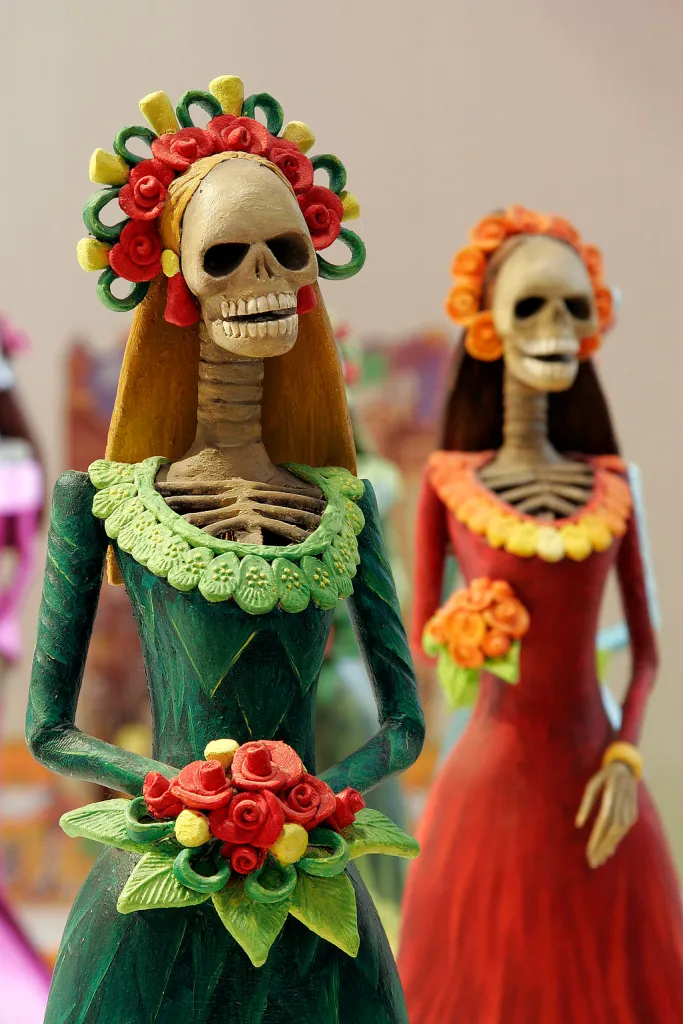
Catrinas – Picture taken at the Museo de la Ciudad, Leon, Guanajuato, Mexico. Source: © Tomas Castelazo, http://www.tomascastelazo.com / Wikimedia Commons / CC BY-SA 3.0
Ofrendas
Building altars called ofrendas. Some families have ofrendas in their homes, usually with foods such as candied pumpkin; pan de muerto (bread of the dead), a type of sweetened soft bread shaped like a bun, often decorated with bone-shaped designs; sugar skulls and drinks such as atole.
Ofrendas are set out in homes to welcome the deceased; sometimes the deceased are even offered pillows and blankets so they can rest after their long journey.
Traditionally, families spend some time around the altar, praying and telling anecdotes about the deceased.
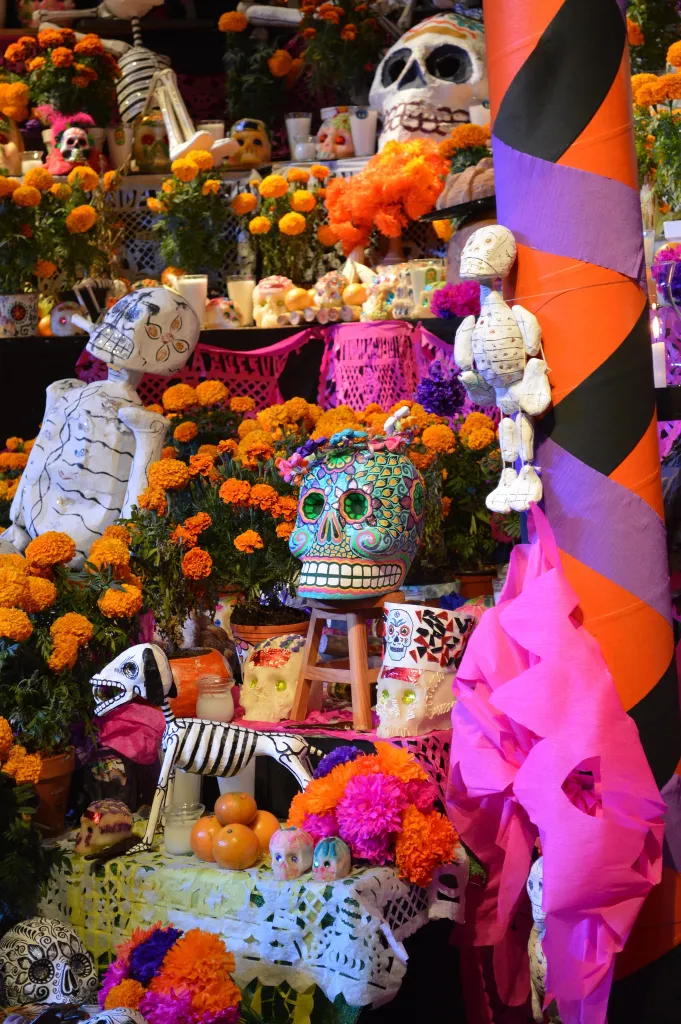
Day of the Dead Arts, Marigolds and Papel Picado. Source: By Paolaricaurte [CC BY-SA 4.0)
Marigolds
Using cempazúchitl (marigolds), also called flor de muerto (flower of the dead), to decorate altars or graves.
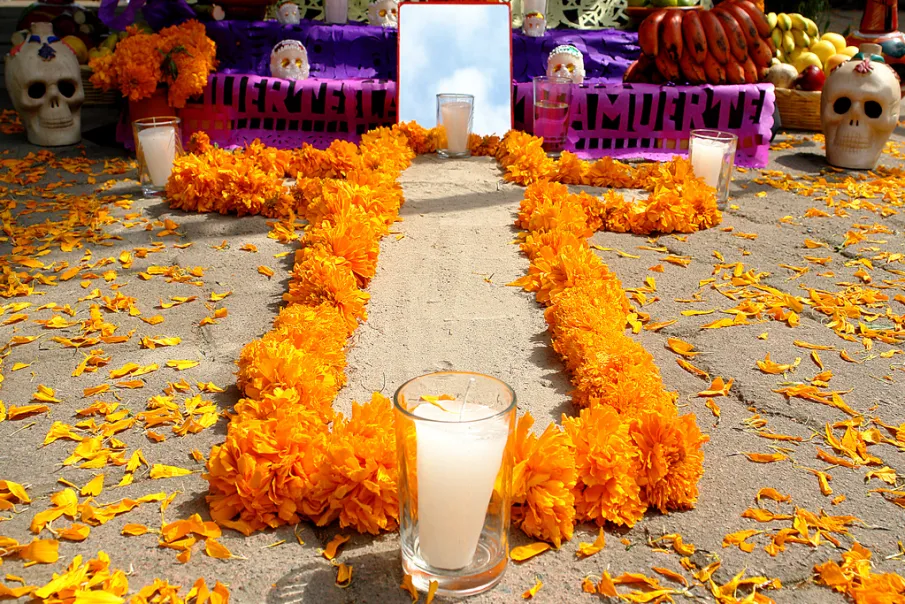
Day of the Dead Arts, Marigolds and Papel Picado. Source: By Paolaricaurte [CC BY-SA 4.0)
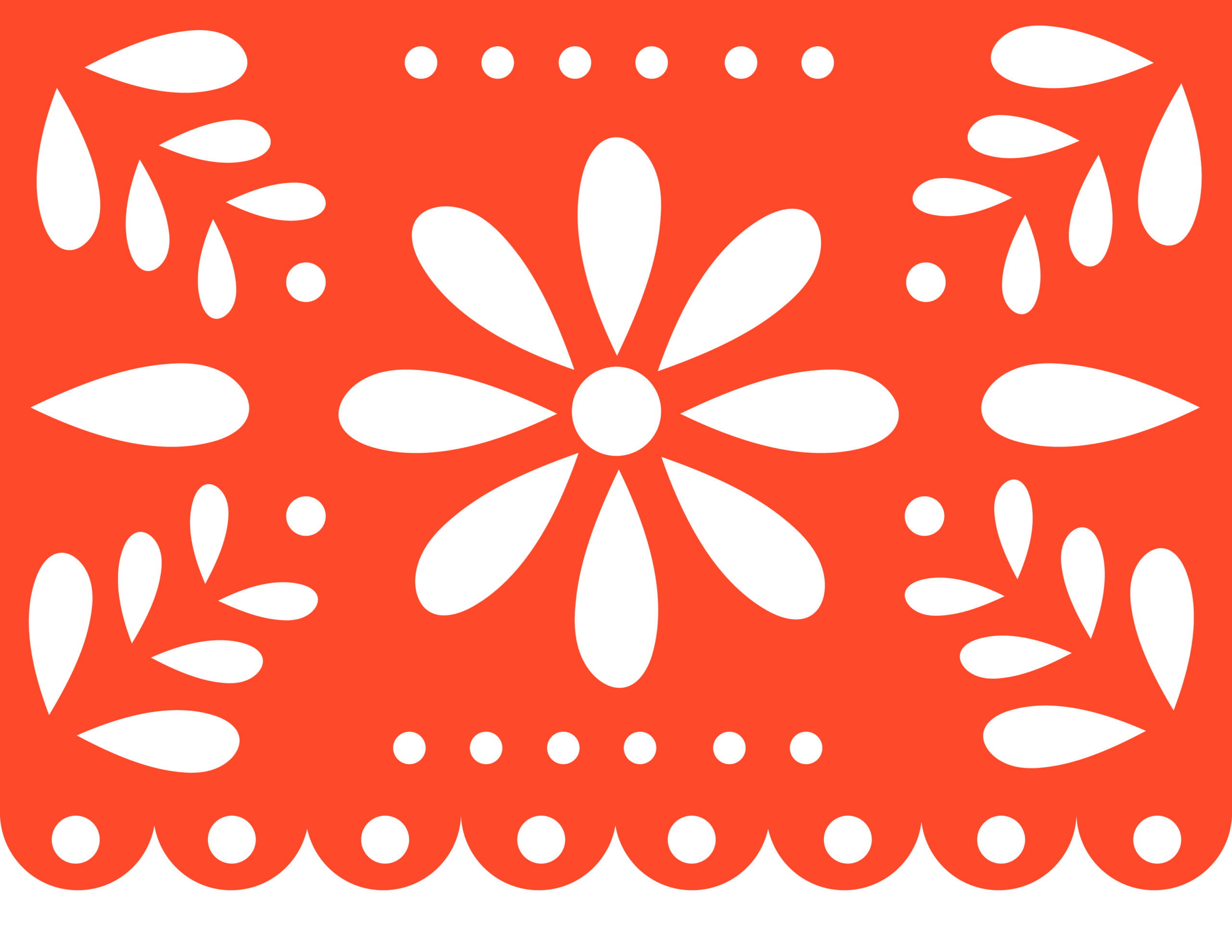
Dia de Muertos Parade
The opening sequence of the 2015 James Bond film, Spectre, featured a Day of the Dead parade in Mexico City. At the time no such parade took place in Mexico City. One year later, due to the interest in the film and the government’s desire to promote the pre-Hispanic Mexican culture, the authorities decided to organize an actual ‘Día de Muertos parade through Paseo de la Reforma and Centro Historico on 29 October 2016, which was attended by 250,000 people.
Dia de Muertos Parade
The opening sequence of the 2015 James Bond film, Spectre, featured a Day of the Dead parade in Mexico City. At the time no such parade took place in Mexico City. One year later, due to the interest in the film and the government’s desire to promote the pre-Hispanic Mexican culture, the authorities decided to organize an actual ‘Día de Muertos parade through Paseo de la Reforma and Centro Historico on 29 October 2016, which was attended by 250,000 people.
Much of this information and photography is from Wikipedia under an Attribution-ShareAlike Creative Commons License. Spotted a problem? Let us know.
